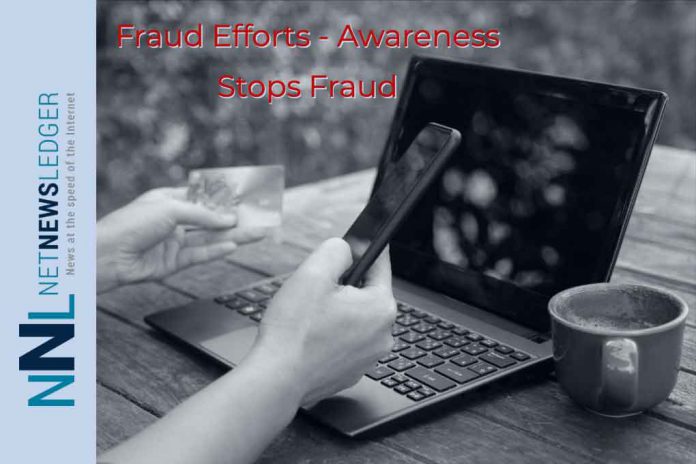Thunder Bay – NEWS – In a concerning incident that serves as a stark reminder of the ever-present threat of financial fraud, a local man received an alarming phone call from his bank, the Bank of Montreal (BMO), alerting him to an unauthorized attempt to transfer money out of his account.
The incident comes as a wake-up call for residents to stay vigilant and informed about the methods scammers use to access personal banking information.
The individual, who had recently traveled to Toronto and used both his Mastercard and debit card during the trip, was fortunate that the bank detected the suspicious activity in time to prevent the transfer.
However, the case highlights several ways through which scammers can gain access to your banking information and the steps you can take to protect yourself.
How Scammers Access Your Banking Information
- Skimming Devices: Scammers often use skimming devices on ATMs and card readers to capture card information and PINs. These devices can be hard to detect, making it essential to inspect card readers before use.
- Phishing Emails and Calls: Fraudsters may pose as bank officials or representatives of other trusted institutions to trick individuals into revealing sensitive information. They often use urgent or threatening language to create a sense of panic.
- Public Wi-Fi Vulnerabilities: Using public Wi-Fi networks to access your bank account can leave your information exposed to scammers who may be monitoring these networks for potential victims.
- Data Breaches: Large-scale data breaches can result in personal information being leaked, including banking details, which scammers can then purchase or find online.
- Social Engineering: Scammers use social engineering tactics to manipulate individuals into divulging confidential information. This can happen over the phone, via email, or even in person.
Protecting Yourself from Banking Scams
- Monitor Your Bank Statements: Regularly check your bank statements for any unauthorized transactions and report them immediately.
- Use Secure Networks: Avoid using public Wi-Fi for banking or entering sensitive information. Use a secure, private connection whenever possible.
- Enhance Security Measures: Enable two-factor authentication for your banking and financial accounts to add an extra layer of security.
- Be Skeptical of Unsolicited Contacts: If you receive an unexpected call or email claiming to be from your bank, do not provide any personal information. Instead, contact your bank directly using the number on their official website.
- Educate Yourself on Scams: Stay informed about the latest scam tactics by visiting reputable websites and attending informational sessions hosted by banks or consumer protection agencies.
The incident involving the Thunder Bay resident underscores the importance of remaining vigilant and proactive in protecting one’s financial information.
By understanding how scammers operate and taking the necessary precautions, individuals can significantly reduce their risk of becoming victims of financial fraud.
Remember, your bank will never ask for sensitive information, such as your PIN or password, over the phone or via email.
When in doubt, always err on the side of caution and contact your bank directly.
For more information on how to protect yourself from scams and fraud, visit the Canadian Anti-Fraud Centre website at www.antifraudcentre-centreantifraude.ca. Stay safe and stay informed.








